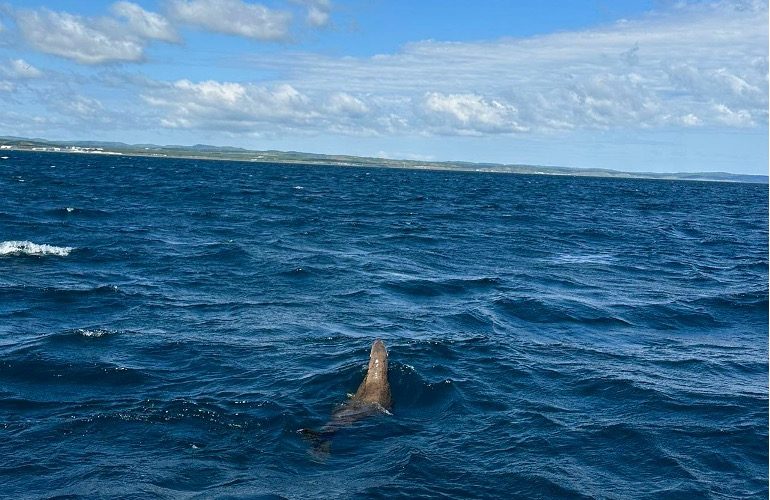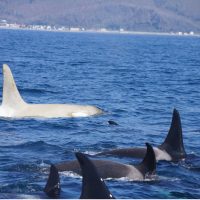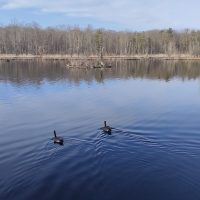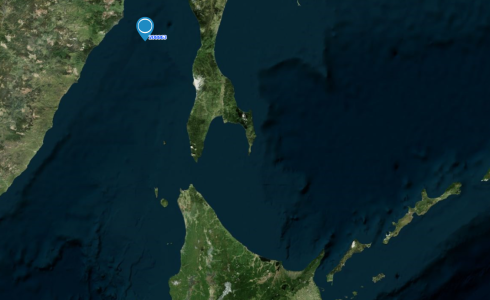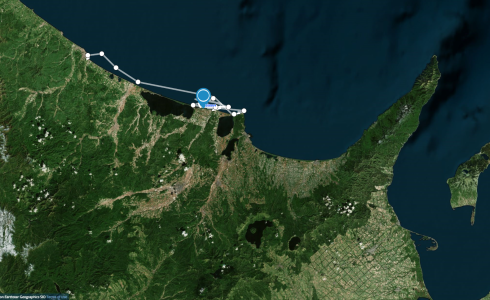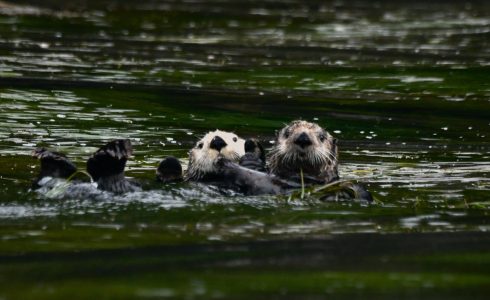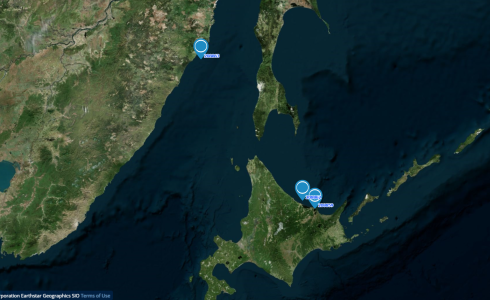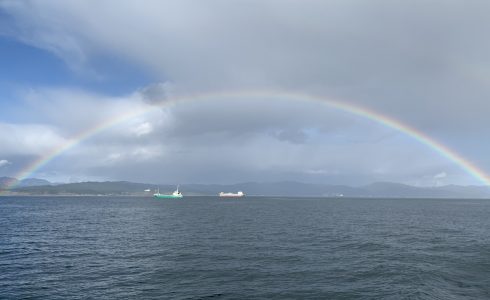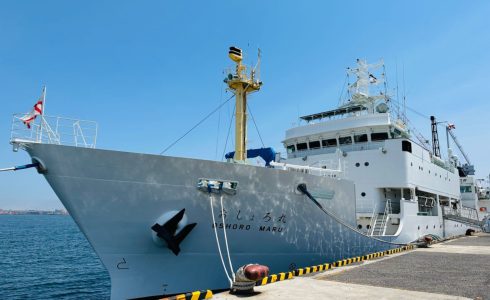D2のLさんが猿払でのトド調査について報告してくれました!
ーーーーーーーーーーーーーーーー
Steller sea lions are one of the most highly observed pinniped species off Hokkaido and undergo seasonal migration characterized by north-south movements between breeding sites and wintering grounds. To identify their preferable environmental conditions and study their at-sea behaviors, we deployed satellite tag on bycaught Steller sea lion off Sarufutsu between 20th May and 5th June.
This was my third year to participate the satellite tag deployment on Steller sea lion off Sarufutsu (2021 report:https://hokkaidocean.sakura.ne.jp/2021/06/14/2021-06/; 2022 report: https://hokkaidocean.sakura.ne.jp/2022/07/21/rep-24/).
This year we left for the survey site earlier than the last two years. To observe the hydrographical environments in the Sea of Okhotsk and the behaviors of tracked animal, we used the CTD oceanography satellite relay data logger (CTD oceanography SRDL, made by the Sea Mammal Research Unit, University of St. Andrew). The CTD-SRDL tag is a powerful device that can transmit data to the Argos satellite system and enable us to view and download the data remotely without recapturing the animal!
To get the bycaught sea lion, we boarded on the fishing boat under nice sea conditions to check if there any alive or dead sea lions in the set nets. The weather was comfortable with cool sea wind and sunny days in the first week of the fieldwork but we didn’t get any bycaught sea lions. Instead, we received some fish and squid samples that potentially used by sea lions. Stable isotopic signatures of the prey species will be estimated to determine the predation-prey interactions and help us to understand time-varied foraging habits of Steller sea lions. Although there were no sea lions in the set net, we sighted flipper-liked thing in the glare few kilometers from the net. It seemed that a sea lion is enjoying its leisure morning time under the sunshine 🙂
After one-day break, we found three alive individuals in the same net. With the fishermen’s help, we got one female individual in a suitable size and released the other two individuals. Deployment of satellite tag were done nearby the fishing port in the early morning and were finished smoothly within few hours. In addition to the movement information, we also collected some feces, fur, and other samples for further analysis. She also got a name of “Momoe” from a fisherman (which was inspired by a famous singer)! To prevent Momoe-chan from being trapped in the set nets again, we released her in a opposite direction of the nets. We look forward to her incredible adventure at sea as well as the hydrographic features she may encounter with!
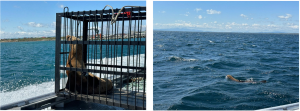
Release the tracked individual after the deployment of satellite tag
This year’s survey ended up with only one female individual, she moved toward the southern Sakhalin and turned back to the coastal waters of Sarufutsu (tracking results until 10th June). Through the tracking data, we hope to comprehensively understand Steller sea lions’ seasonal movement and spatial preference, which may explain the mechanism of their habitat use.

Tracking result of Momoe-chan until 10th June
~Afterword~
This survey received many helps from the local fishermen, officers of the Fishery Cooperatives, and previous member of the marine mammal team. Thank them so much!
During the survey we also sighted two groups (over 10 individuals) of sea lions resting nearby the shore (hope they won’t trouble the fishermen so much).
From today, I will conduct marine mammal sighting survey on the Arctic Cruise! See you in the next survey report!
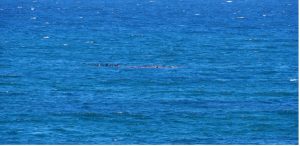
A group of Steller sea lions resting at the sea (zoom in this photo and you could see their heads and flippers!)

